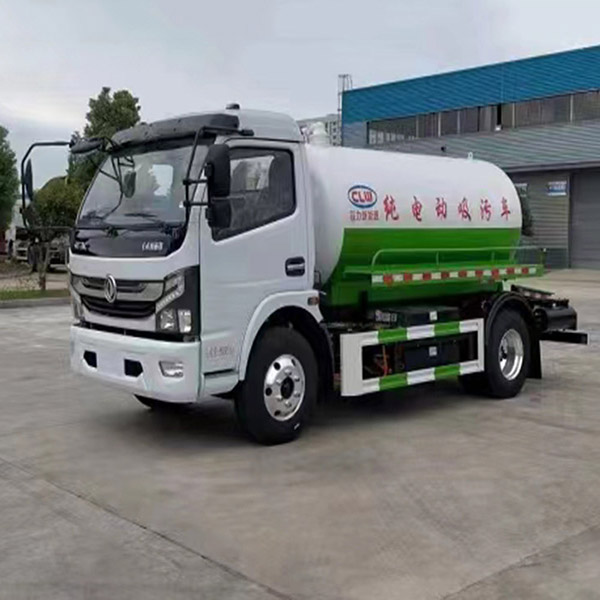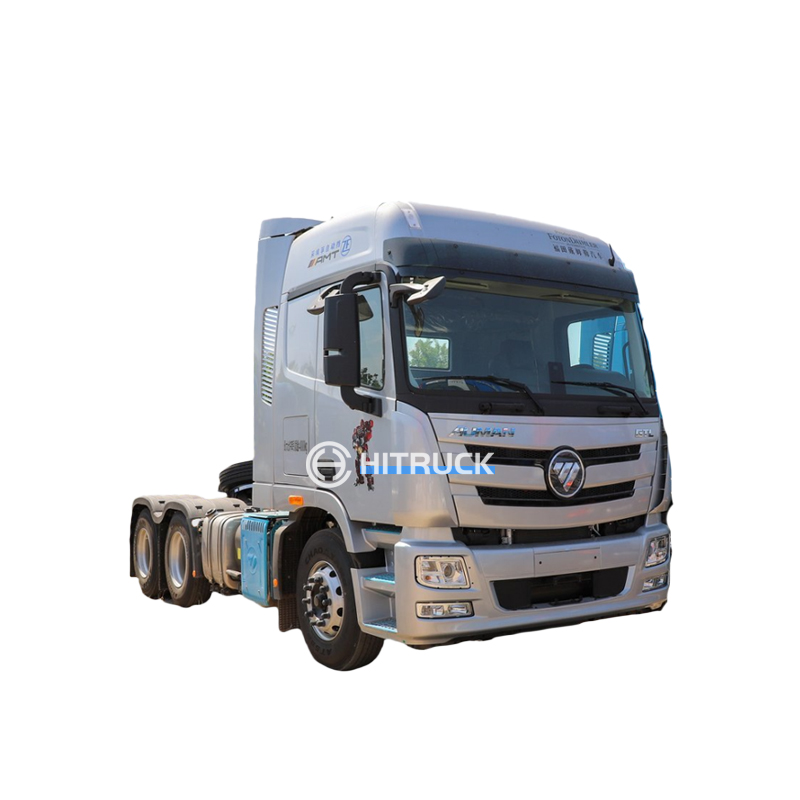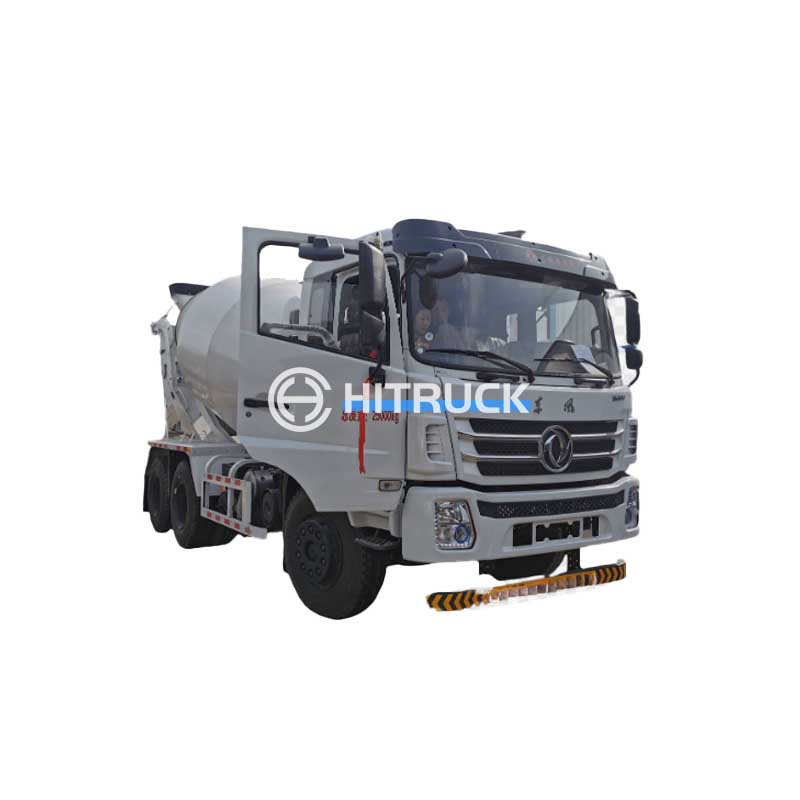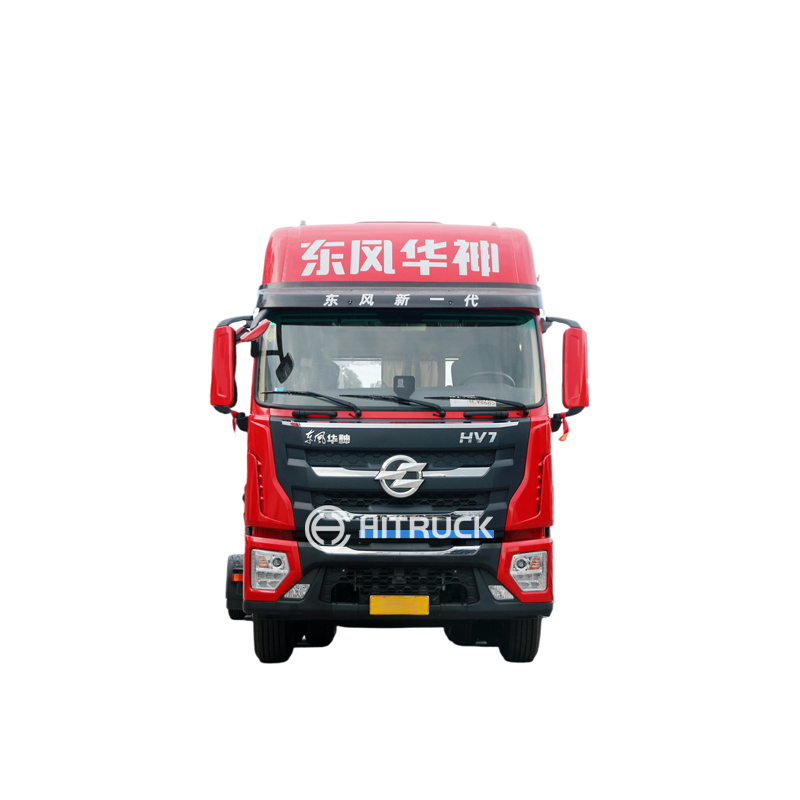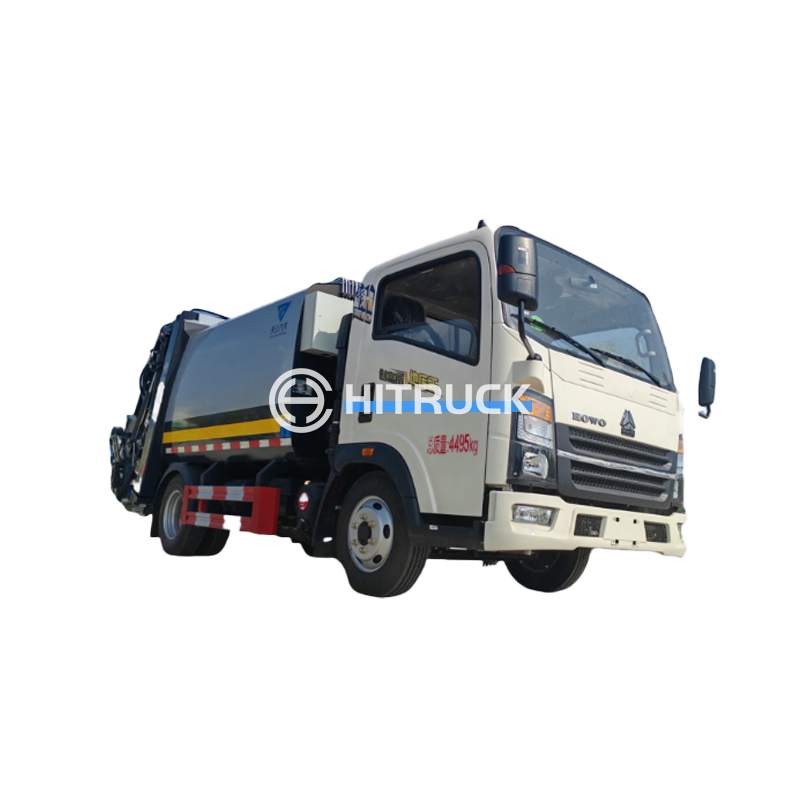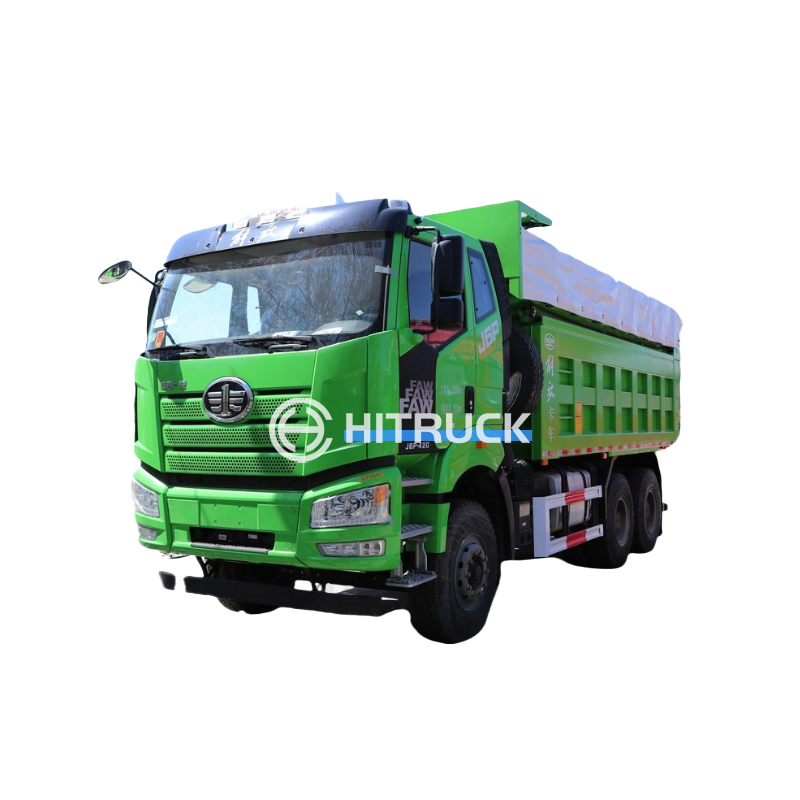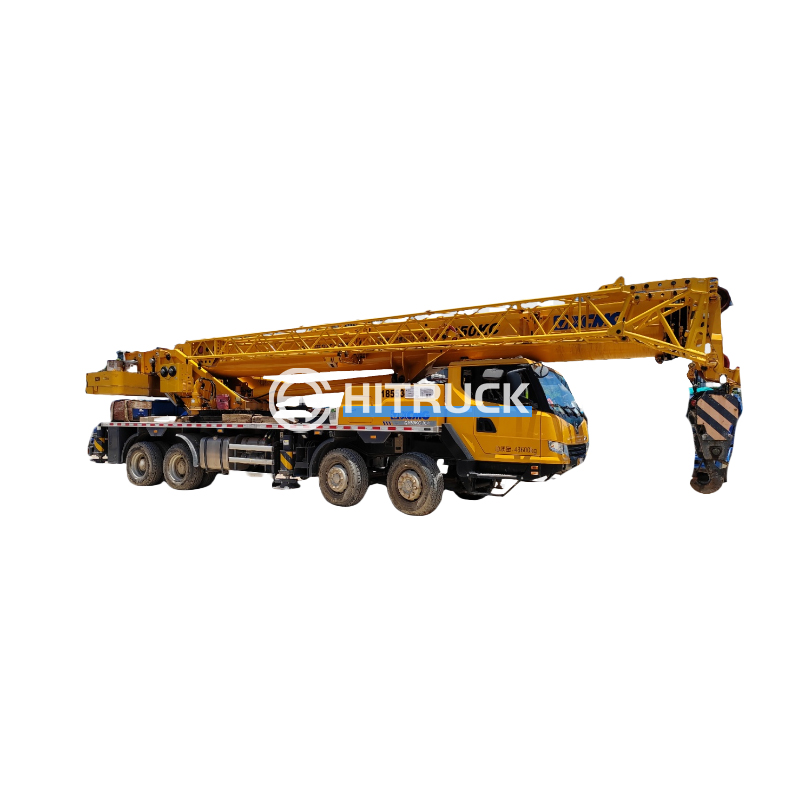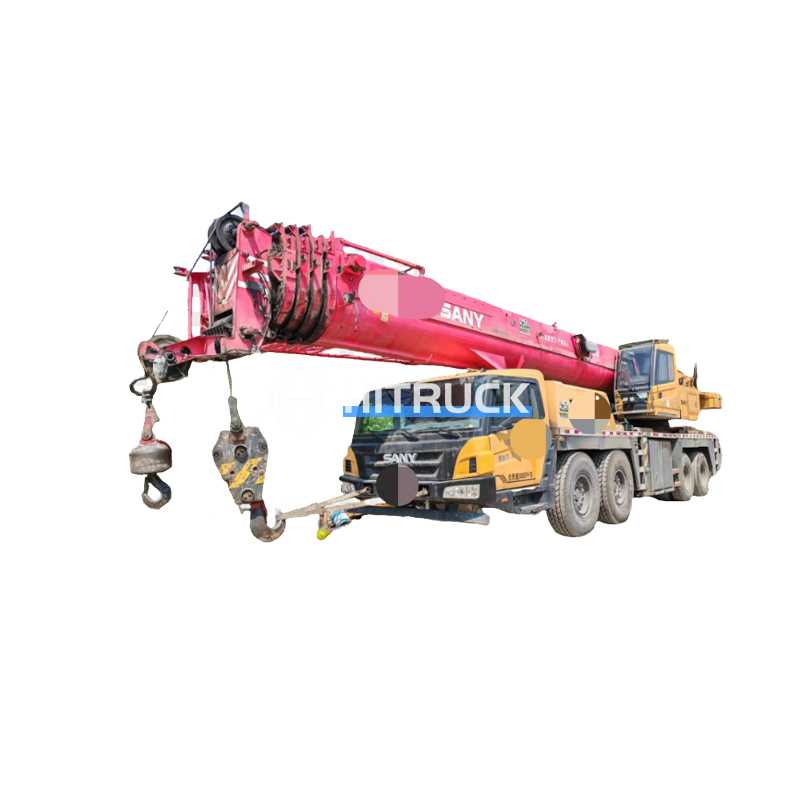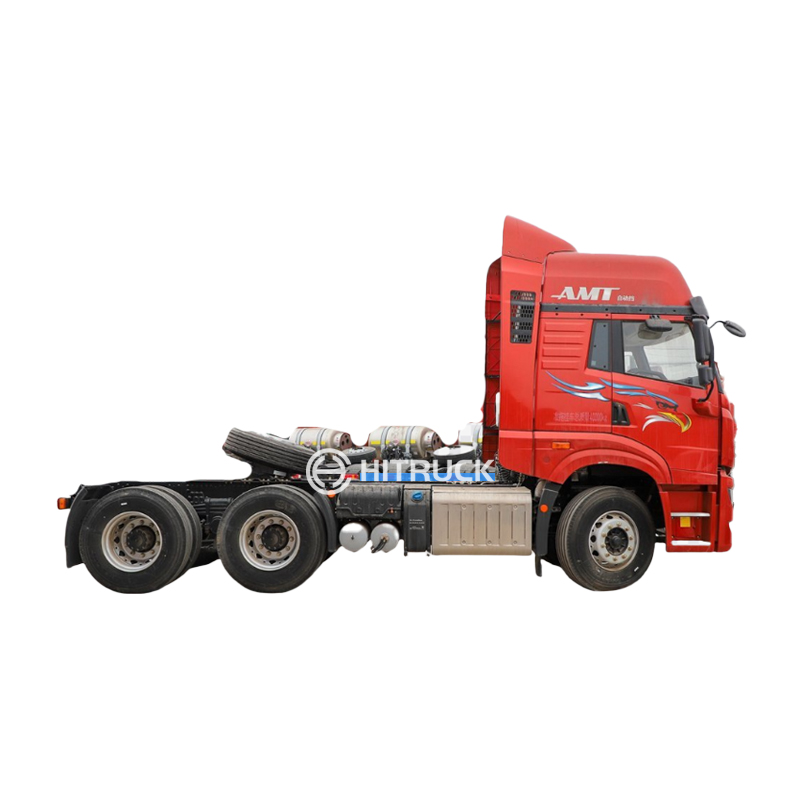This guide helps you select the appropriate overhead crane lifting straps for your specific lifting needs, covering safety regulations, material selection, capacity calculations, and maintenance best practices. Learn how to ensure safe and efficient lifting operations with the right equipment.
Several types of straps cater to different lifting requirements. Common materials include polyester, nylon, and polypropylene. Polyester straps are known for their high strength-to-weight ratio and resistance to stretching. Nylon straps offer good shock absorption, while polypropylene is a more economical choice suitable for lighter loads. The choice depends on the load's weight, nature, and the lifting environment. Always check the manufacturer's specifications for load limits and safe operating procedures.
Never exceed the working load limit (WLL) indicated on the overhead crane lifting straps. This limit is usually clearly marked on the strap itself. Factors influencing the WLL include the strap's material, width, and length. Incorrectly assessing the load can lead to accidents and equipment damage. For heavier loads or critical applications, consulting with a lifting equipment specialist is advisable.
Selecting the correct overhead crane lifting straps necessitates careful consideration of several factors: the weight and shape of the load; the lifting environment (indoors/outdoors, temperature variations); the type of material being lifted; and the available lifting points. For example, sharp edges require additional protection, such as edge protectors or specialized straps.
| Material | Advantages | Disadvantages | Applications |
|---|---|---|---|
| Polyester | High strength, low stretch, durable | Susceptible to UV degradation | General lifting, heavy loads |
| Nylon | Good shock absorption, flexibility | Can stretch under load | Delicate loads, shock-sensitive applications |
| Polypropylene | Lightweight, economical | Lower strength compared to polyester and nylon | Light loads, temporary applications |
Table 1: Comparison of common overhead crane lifting straps materials.
Regular inspections are crucial for identifying wear and tear, damage, or any signs of weakening. Always check for fraying, cuts, burns, or any other defects before each use. Damaged straps must be immediately replaced. Refer to your manufacturer's guidelines for a detailed inspection checklist.
Improper handling can significantly reduce the lifespan and safety of your overhead crane lifting straps. Avoid dragging straps across abrasive surfaces. Store them in a clean, dry location, away from direct sunlight and extreme temperatures. Always follow the manufacturer's instructions for safe storage and handling.
For high-quality overhead crane lifting straps and related equipment, consider exploring reputable suppliers. Ensuring the equipment is certified and meets relevant safety standards is paramount. At Suizhou Haicang Automobile sales Co., LTD (https://www.hitruckmall.com/), you can find a wide selection of lifting equipment and materials to support your lifting needs. Always verify the supplier's credentials and certifications before making a purchase.
Remember, safety should always be the top priority when working with overhead cranes and lifting equipment. This guide offers a starting point; consult with qualified professionals for complex lifting operations or if you have any doubts.

